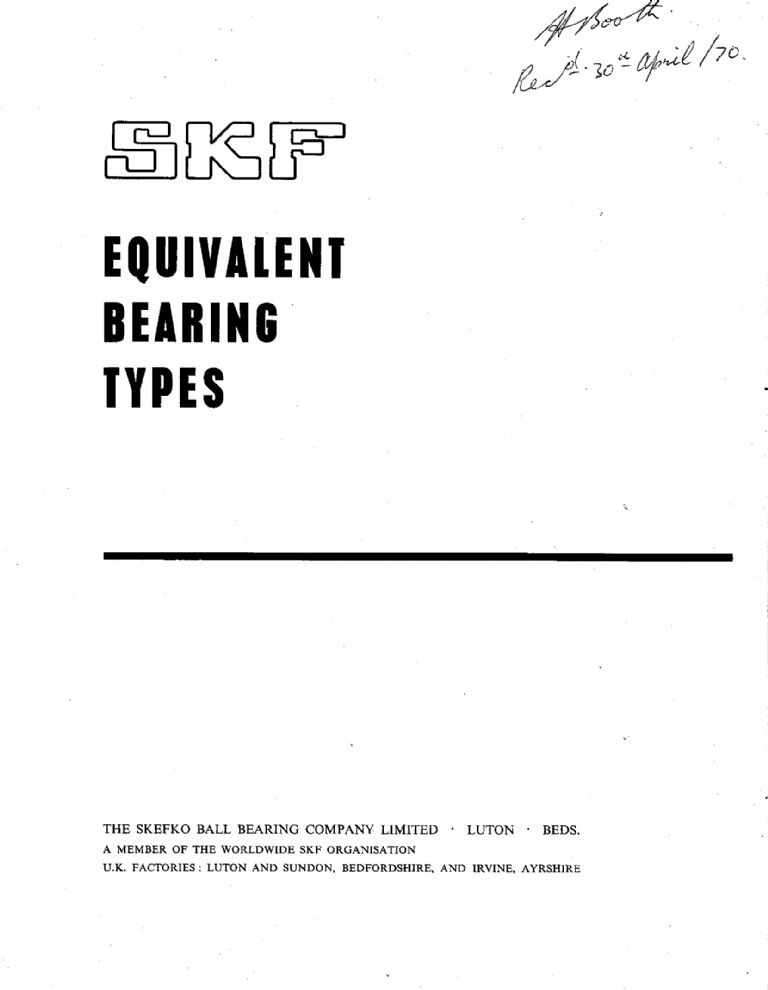Interesting to read this thread, albeit a bit late to the party; Skefco was the brand name for products of the British factories of SKF (as well as in India, South Africa and Australia) until the globalisation of the group's production which started in the late 60s, when the brand was progressively dropped – the last few bearings branded Skefco were made in the late 70s for the aftermarket, subsequently replaced by the SKF brand. If your friend wants to stay safely up in the air, country of origin is the least of their worries, noble as it might have seemed at the time. From the mid 70s, SKF in the UK has been called just that – SKF (UK) Limited.
I realise you've already sourced some of your requirements, but I assume the application is in some way safety-related. Specs for bearings are historically surprisingly relaxed, usually stipulating the maker's designation, thus making them a 'black box' design following whatever General Catalogue specs were applicable at the time. More recent applications (e.g. jet engine main shaft bearings) are the complete reverse with the customer's design and specifications being hyper-detailed though (ultimately) often following the bearing supplier's design rules for the internal parameters; these products are tested destructively to the extreme for design validation.
Corrosion – be careful. If there's any sign of external corrosion (under an eye-glass) assume there is some developing on the contact surfaces (balls and raceways), which classes the bearing as 'failed'.
Cages – good point; most SABB (self aligning ball bearings) nowadays have nylon (plain or glass-filled) cages which aren't tested at below zero temperatures and get brittle. Don't use them unless their use is specifically prescribed. Steel or brass cages are what is needed.
If you cant find original parts, try HB Precision in Honley, but tell them the application.
Good luck with your quest,
John
PS as a footnote, I worked for SKF from 1978 to 2020, initially at Luton (becoming company QA manager including being CAA/JAA and MoD release authority) then ultimately becoming Head of Quality for the entire group, based in Gothenburg. A fascinating career with many twists and turns, but never lost my love of getting my hands dirty and always had a workshop of my own.
Edited By John Abson on 29/09/2023 16:24:59
Edited By John Abson on 29/09/2023 16:26:02
John Abson.







